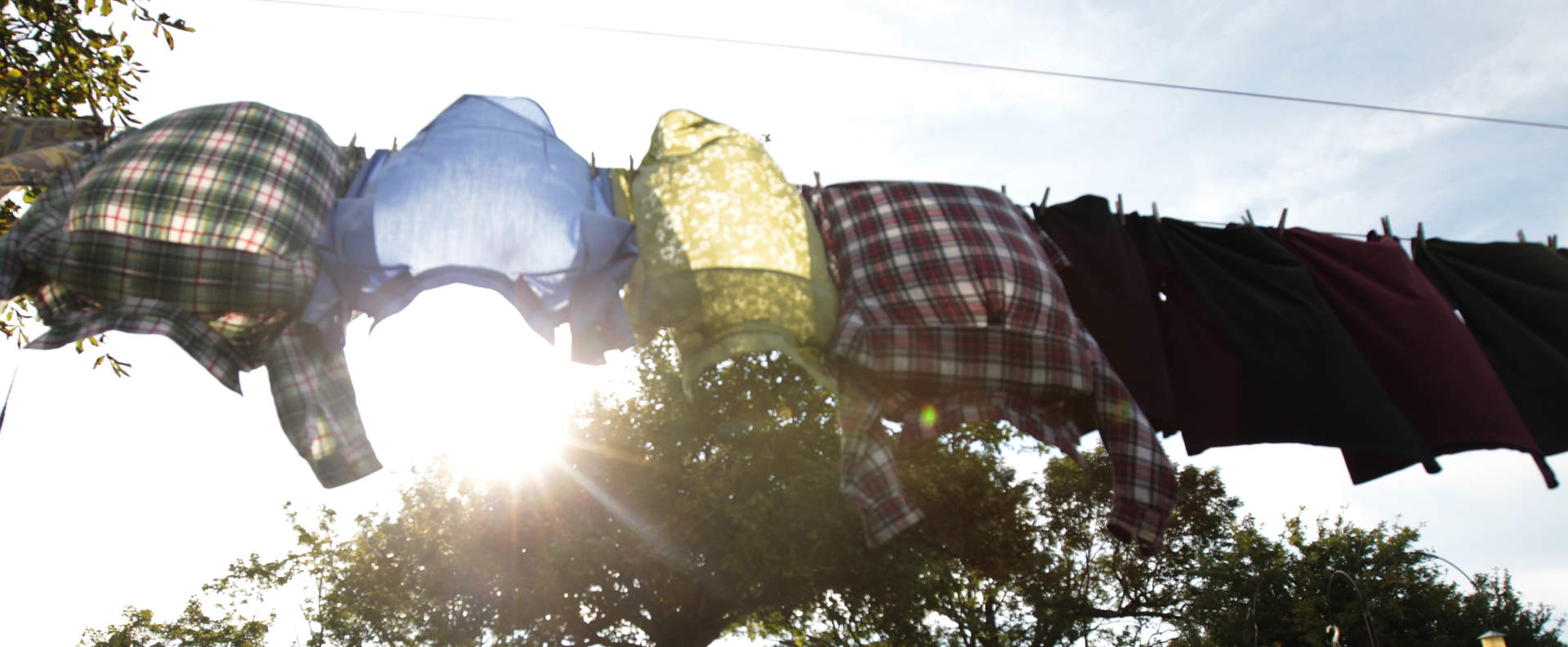Thanks to the hard work of Nova Scotians over the last decade, we’ve been able to add renewable energy to our grid, develop tidal and wind energy, and increase our energy efficiency.
Help Fight Climate Change
The efforts of local people have helped Nova Scotia become a national leader in the fight against climate change. You can join the effort by using less energy to drive, heat your home, and power lights and appliances. These are some ways you can reduce your energy use:
- Improve the energy efficiency of your home
- Switch to less carbon-intensive sources of energy like natural gas
- Choose to drive a more fuel-efficient car
- Use public transit, walk, or cycle
- Use a clothesline to dry your laundry
Efficiency Nova Scotia and the Clean Foundation can help you learn more about what you can do around your home and business.

